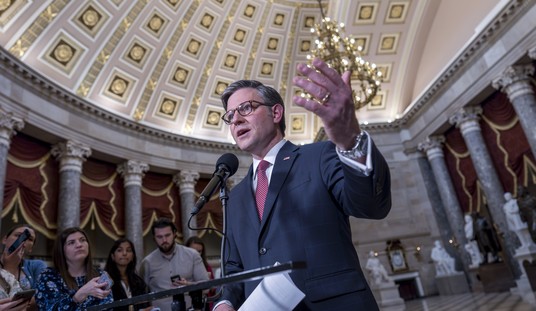A couple weeks ago a California Assemblyman introduced a bill that would ban paper receipts in the state. To be precise, the bill would require the customer to ask for one, similar to the state’s straw ban. The announcement made some news, mostly for the poor staffer who was stuck wearing a life-size receipt over his head.
WATCH: A San Francisco assembly member put a life-size receipt on display Tuesday in order to introduce a new legislation that would require retailers to offer digital receipts as the default to customers beginning January 1, 2022. https://t.co/dw4hddKPRu pic.twitter.com/wLZfhz1rNK
— CBS Evening News (@CBSEveningNews) January 9, 2019
As with the straw ban, there are alternatives for those who still want a receipt but don’t want the piece of paper. Many big retailers already offer e-receipts. I can think of two local retailers that send the receipts to my email rather than printing it. The downside, of course, is that you’ll need to give the retailer your e-mail address and that means you’ll likely be getting constant advertising pitches and sale updates. Friday, an opinion columnist for Bloomberg argued there’s another problem with the plan to ban receipts: It won’t accomplish much of anything.
In reality, the “Skip the Slip” measure would have almost no impact on either. Instead, like the plastic-straw ban that preceded it, and which it emulates, the receipt ban is simply another low-impact environmental campaign that asks little of Californians and will accomplish less. Worse, it diverts attention and effort from bigger and far more pressing waste and recycling issues that are negatively impacting the state right now…
The widely circulated claims about the environmental impacts of paper receipts are even more suspect. For example, Green America’s estimate of how many paper receipts are produced for Americans came from a now-defunct electronic receipt company and “likely assessed production for 2009 or 2010,” according to a Green America representative. The group plans to update its report using 2015 data that suggests only half as much paper — 314,000 tons — is used in receipt-making…
Those might still sound like big numbers. But, in context, they’re not. Even 314,000 tons of paper receipts amount to less than .08 percent of the more than 400 million tons of all paper products — receipts to cardboard — used globally on an annual basis.
So if you could eliminate all paper receipts in America that would be less than 1/1,000th of the paper and cardboard used on an annual basis. That’s something, but it’s not a terribly significant change. As the Bloomberg author goes on to point out, the most significant amount of paper and cardboard trash these days is coming from big online retailers like Amazon who ship more than one million boxes out every day (often much later than whatever item is contained inside).
If you really wanted to do something about paper waste, you’d give Amazon an incentive to deliver items without a box for a few cents less and push the delivery services who rely on Amazon to add lockers to their trucks to hold the unboxed items during delivery. There’s no reason some of these items can’t be delivered without a box. All of that to say, paper and cardboard waste is a real problem but the solution is probably going to come from adjustments by the market leaders, not from silly grandstanding by California politicians.








Join the conversation as a VIP Member